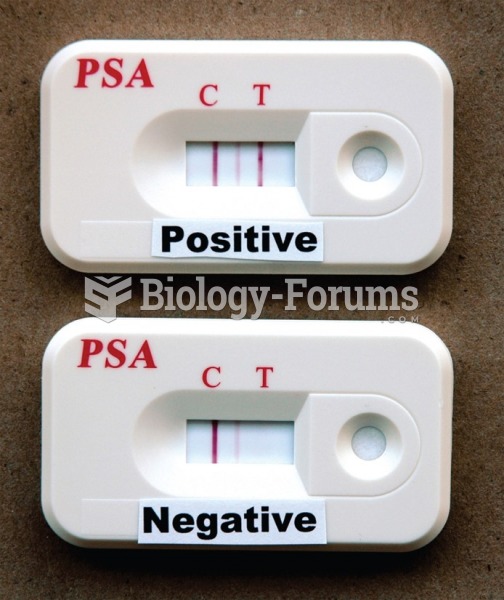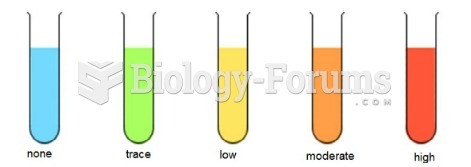|
|
|
Everyone has one nostril that is larger than the other.
Egg cells are about the size of a grain of sand. They are formed inside of a female's ovaries before she is even born.
Dogs have been used in studies to detect various cancers in human subjects. They have been trained to sniff breath samples from humans that were collected by having them breathe into special tubes. These people included 55 lung cancer patients, 31 breast cancer patients, and 83 cancer-free patients. The dogs detected 54 of the 55 lung cancer patients as having cancer, detected 28 of the 31 breast cancer patients, and gave only three false-positive results (detecting cancer in people who didn't have it).
If all the neurons in the human body were lined up, they would stretch more than 600 miles.
The ratio of hydrogen atoms to oxygen in water (H2O) is 2:1.







